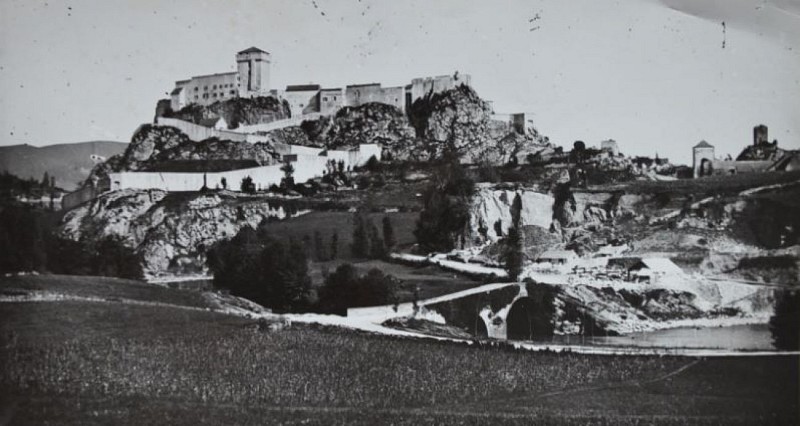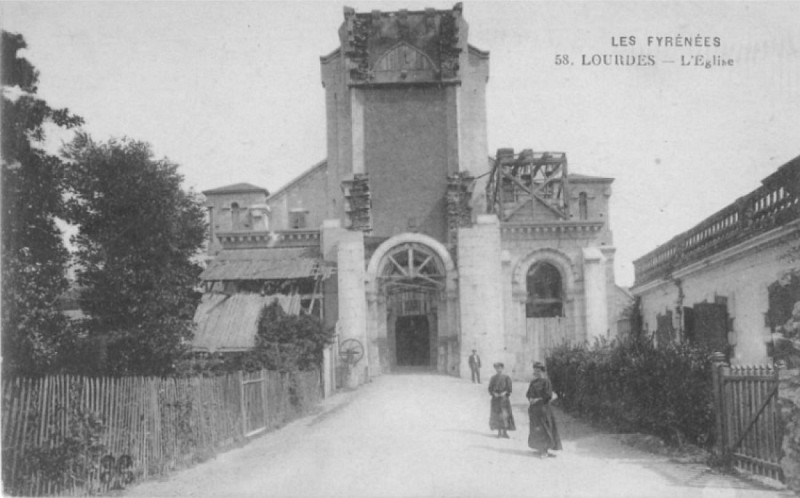Alert
Alerts
Evoking Lourdes in the Middle Ages


IGN cards











Description
Evoking Lourdes in the Middle Ages is a historical itinerary reminding the medieval city of Lorda, former name of Lourdes, protected by its two rows of fortifications with twelve towers and nestled at the bottom of the fortified castle – place of residence of the counts of Bigorre since the 11th century.
This itinerary, partly virtual, transports the visitors some centuries back. The illustrated boards present a retrospective overview of the medieval city of Lourdes.
This itinerary which can be done in one hour includes eleven points of interest.
The Bernadette’s life path presents the small city of Lourdes, in its social and historical context, before, during and after the Apparitions of 1858. From the nineteenth century up to now, the visitor follows the evolution of the city and its necessary transformations to foster the crowds
This itinerary reveals, under the form of illustrated boards, the Marian city such as Bernadette knew and frequented it.
This itinerary which can be done in one hour includes seventeen points of interest.











